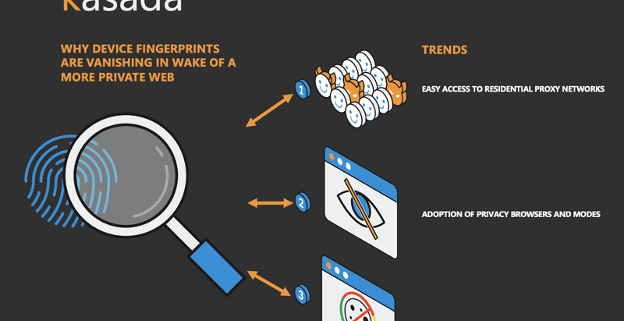Global bot security market to reach US$2.5 billion by 2032
The bot security market is expected to reach US$2.5 billion by 2032, up from US$487 million in 2022, according to a new report.. The market is expected to advance at a CAGR of 17.6% throughout the forecast period.
The rise in bad bot traffic, rising sophistication of botnet assaults and loss of revenue for firms, traffic shift from mobile to web, and explosion in the use of APIs across businesses such as eCommerce, travel, gaming, and others are all major driving reasons for the bot security market.
As per the global bot security market study by FMI, increasing botnet sophistication, a shift in traffic from mobile to web, rising awareness about data privacy, and a surge in API usage across a variety of industries, including retail and e-commerce, travel and hospitality, and telecom, are expected to drive bot security market growth over the forecast period.
Botnet security solutions and services are widely used in the media and entertainment business to detect and mitigate advertising-related vulnerabilities. This reason is expected to drive the bot security industry forward.
In several regions of the world, a trend of ideological and state-driven attacks targeting persons or organisations to support a political cause or carry out a cyber-warfare campaign is being noted, with organisations finding it difficult to combat these attacks. Botnet attacks, according to industry analysts, may be carried out across multiple organisations around the world employing such approaches.
This figure is likely to grow significantly in the next years due to increased internet penetration. In industrialised economies, such as the United States, Australia, South Korea, and Japan, smartphone ownership is substantially greater. Smartphones are being used for a variety of tasks, including internet shopping, social media apps, and product research.
As a result, web traffic is shifting from desktop to mobile, making botnet attacks a profitable target. Because of these worrying figures, bot security firms are focusing more on mobile security. As a result, bot security suppliers are projected to benefit from the shift in online traffic to mobile.
In numerous regions of the world, the rise of…



